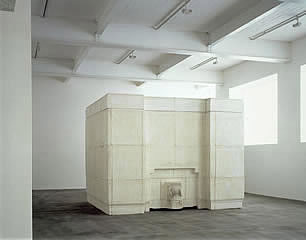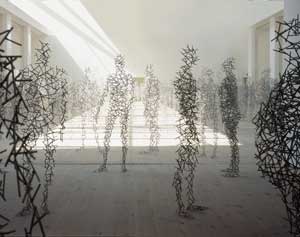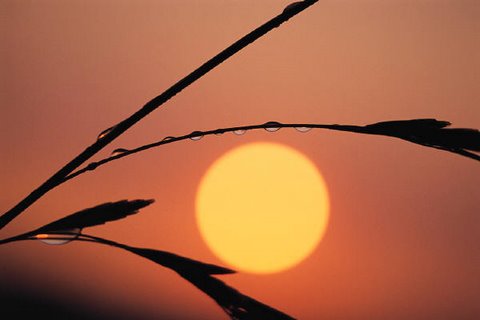
Here is a first attempt and juxtaposing quotations concerning photography with quotations about spiritual reality. If spirituality isn’t your thing just dig out the brilliant quotations concerning photography;
1 -“His beauty hath no veiling save light, His face no covering save revelation.” SV p 38
2 A painter works with colour as the medium, a photographer works with light. – Carlotta M. Corpron (God works with love RP)
3 -‘Love revealeth with unfailing and limitless power the mysteries latent in the universe’ SAB 27
4 “Stare. It is the way to educate your eye, and more. Stare, pry, listen, eavesdrop. Die knowing something. You are not here long.” Walker Evans
5 -This is the Day, O my Lord, whose brightness Thou hast exalted above the brightness of the sun and the splendors thereof. I testify that the light it sheddeth proceedeth out of the glory of the light of Thy countenance, and is begotten by the radiance of the morn of Thy Revelation P& M 273
6 Light is my inspiration. My photographic images search for dimensions that words cannot touch– the result of intense responses to personal experiences. I do not wish to “record,” but rather to touch upon the illusive meanings which I perceive and try to comprehend in this limitless universe. -Ruth Bernhard, “Collection of Ginny Williams” by Ruth Bernhard , ISBN: 1881138046
7 -In every moment of genuine love, we are dwelling in God and God is dwelling in us. ~ Paul Tillich
8 Everything is one and I am one with it. -Ruth Bernhard
9 -“There exists only the present instant… a Now which always and without end is itself new. There is no yesterday nor any tomorrow, but only Now, as it was a thousand years ago and as it will be a thousand years hence.” Meister Eckhart
10 This unexpected image was the record of an inner state that I did not remember seeing and he did not remember experiencing at the moment of exposure. -Minor White, “Mirrors, messages, manifestations” by Minor White. Millerton, New York: Aperture, 1969.
11 -Free thyself from the fetters of this world, and loose thy soul from the prison of self. Seize thy chance, for it will come to thee no more. PHW
12 Inside movement there is one moment in which the elements are in balance. Photography must seize the importance of this moment and hold immobile the equilibrium of it. – HCB
13 Theological matters: – (There is no such’ thing’ as God. ‘Thingification’ is something we mustn’t do to others (as the Nazis did) – let alone God. So what then is God? ‘God is love.’ Love is a state of a) being and of b) relating. However it seems that as Bahá’ís we go beyond Tillich’s ‘the ground of being’ (because it was finistic?) because for us our theology is panentheistic – we believe simultaneously in God immanent and God transcendent. (RP)
Theology can be logical or illogical – but in both cases it is commentary on ineffable, personal experience of that which originates in Mystery, in the unknown & unknowable. If we are blessed some insights are gained from such experiences. Art photography can be windows to such insights, including glimpses of the ineffable and the divine. RP)
14 -‘Love is the breath of the Holy Spirit in the heart of Man’. PT 30
15 -“A photograph is neither taken nor seized by force. It offers itself up. It is the photo that takes you…..” – Henri Cartier-Bresson
16 -“ …creative quickening emanates from the breaths of the Holy Spirit”, PUP130
17 To take photographs means to recognize — simultaneously and within a fraction of a second — both the fact itself and the rigorous organization of visually perceived forms that give it meaning. It is putting one’s head, one’s eye and one’s heart on the same axis. – Henri Cartier-Bresson
18 -“The breath of God is breathing me…”
19 *He made me suddenly realize that photographs could reach eternity through the moment. – HCB
20 -With inward and outward eyes he witnesseth the mysteries of resurrection in the realms of creation and the souls of men SV12
21 I’m not responsible for my photographs. Photography is not documentary, but intuition, a poetic experience. It’s drowning yourself, dissolving yourself, and then sniff, sniff, sniff – being sensitive to coincidence. You can’t go looking for it; you can’t want it, or you wont get it. First you must lose your self. Then it happens. – Henri Cartier-B
22 -“That which you are seeking is doing the seeking.” (St. Francis of Assissi)
23 A photograph is a secret about a secret. The more it tells you the less you know. -Diane Arbus
24 -There are certain pillars which have been established as the unshakeable supports of the Faith of God. The mightiest of these is learning and the use of the mind, the expansion of consciousness, and insight into the realities of the universe and the hidden mysteries of Almighty God. SAB 126
25 Spirit always stands still long enough for the photographer It has chosen. Minor White
26 -“There exists only the present instant… a Now which always and without end is itself new. There is no yesterday nor any tomorrow, but only Now, as it was a thousand years ago and as it will be a thousand years hence.” Meister Eckhart
27 To me, photography is the simultaneous recognition, in a fraction of a second, of the significance of an event, as well as of a precise organisation of forms which give that event its proper expression. Henri Cartier-Bresson
28 -Knowledge is of two kinds. One is subjective and the other objective knowledge – that is to say, an intuitive knowledge and a knowledge derived from perception.
The knowledge of things which men universally have is gained by reflection or by evidence – that is to say, either by the power of the mind the conception of an object is formed, or from beholding an object the form is produced in the mirror of the heart. The circle of this knowledge is very limited because it depends upon effort and attainment.
But the second sort of knowledge, which is the knowledge of being, is intuitive….. SAQ157-159
29 Impressionism has induced the study of what we see and shown us that we all see differently; it has done good to photography by showing that we should represent what we see and not what the lens sees . . . What do we see when we go to Nature? We see exactly what we are trained to see, and, if we are lucky, perhaps a little more but not much . . . We see what we are prepared to see and on that I base a theory that we should be very careful what we learn. – Henry Peach Robinson
30 -O SON OF SPIRIT! The best beloved of all things in My sight is Justice; turn not away therefrom if thou desirest Me, and neglect it not that I may confide in thee. By its aid thou shalt see with thine own eyes and not through the eyes of others, and shalt know of thine own knowledge and not through the knowledge of thy neighbor. Ponder this in thy heart; how it behooveth thee to be. Verily justice is My gift to thee and the sign of My loving-kindness. Set it then before thine eyes. AHW 2
31 Thinking should be done before and after, not during photographing. Henri Cartier-Bresson
32 -How shall we attain the reality of knowledge? By the breaths and promptings of the Holy Spirit, which is light and knowledge itself. Through it the human mind is quickened and fortified into true conclusions and perfect knowledge. PUP p.22
33 This recognition, in real life, of a rhythm of surfaces, lines, and values is for me the essence of photography; composition should be a constant of preoccupation, being a simultaneous coalition – an organic coordination of visual elements. – Henri Cartier-Bresson
34 -Of these truths some can be disclosed only to the extent of the capacity of the repositories of the light of Our knowledge, and the recipients of Our hidden grace. BWF 133
35 Photography is, for me, a spontaneous impulse coming from an ever attentive eye which captures the moment and its eternity. -HCB
36 -(the) heart, ….. is the seat of the revelation of the inner mysteries of God KI 192
37 As time passes by and you look at portraits, the people come back to you like a silent echo. A photograph is a vestige of a face, a face in transit.
Photography has something to do with death. It’s a trace. -Henri Cartier-Bresson
38 -truth in its essence cannot be put into words. (about pictures of Divinity maybe story) AB in L 22′
39 There is no art which affords less opportunity to execute expression than photography. Everything is concentrated in a few seconds, when after perhaps an hours seeking, waiting, and hesitation, the photographer sees the realization of his inward vision, and in that moment he has one advantage over most arts – his medium is swift enough to record his momentary inspiration. -Sadakichi Hartmann
40 -Dance, as though no one is watching,
Love, as though you’ve never been hurt before,
Sing, as though no one can hear you,
Work, as though you don’t need the money,
Live, as though heaven is on earth. ~Rumi~
41 I never question what to do, it tells me what to do. The photographs make themselves with my help. -Ruth Bernhard
42 -“I was asleep on My couch: the breaths of My Lord the Merciful passed over Me and awakened Me from sleep: TN7
43 for me, the creation of a photograph is experienced as a heightened emotional response, most akin to poetry and music, each image the culmination of a compelling impulse I cannot deny. Whether working with a human figure or a still life, I am deeply aware of my spiritual connection with it. In my life, as in my work, I am motivated by a great yearning for balance and harmony beyond the realm of human experience, reaching for the essence of oneness with the Universe. -Ruth Bernhard
44 -God has revealed his light many times in order to illumine mankind in the path of evolution. AB DP 8
45 There is no closed figure in nature. Every shape participates with another. No one thing is independent of another, and one thing rhymes with another, and light gives them shape. -Henri Cartier-Bresson
46 -Now concerning mental faculties, they are in truth of the inherent properties of the soul, even as the radiation of light is the essential property of the sun. (Abdu’l-Baha, Tablet to August Forel, p. 8)
47 As time passes by and you look at portraits, the people come back to you like a silent echo. A photograph is a vestige of a face, a face in transit. Photography has something to do with death. It’s a trace. -Henri Cartier-Bresson
48 -Kill these four birds of prey,” [1] that after death the riddle of life may be unraveled. 4V 50
49 Of all the means of expression, photography is the only one that fixes a precise moment in time. We play with subjects that disappear; and when they’re gone, it’s impossible to bring them back to life. We can’t alter our subject afterward…. Writers can reflect before they put words on paper…. As photographers, we don’t have the luxury of this reflective time….We can’t redo our shoot once we’re back at the hotel. Our job consists of observing reality with help of our camera (which serves as a kind of sketchbook), of fixing reality in a moment, but not manipulating it, neither during the shoot nor in the darkroom later on. These types of manipulation are always noticed by anyone with a good eye. -Henri Cartier-Bresson, “American Photo”, September/October 1997, page: 76
50 -These sanctified Mirrors, these Day Springs of ancient glory, are, one and all, the Exponents on earth of Him Who is the central Orb of the universe, its Essence and ultimate Purpose. From Him proceed their knowledge and power; from Him is derived their sovereignty. The beauty of their countenance is but a reflection of His image, and their revelation a sign of His deathless glory. They are the Treasuries of Divine knowledge, and the Repositories of celestial wisdom. Through them is transmitted a grace that is infinite, and by them is revealed the Light that can never fade…. These Tabernacles of Holiness, these Primal Mirrors which reflect the light of unfading glory, are but expressions of Him Who is the Invisible of the Invisibles. By the revelation of these Gems of Divine virtue all the names and attributes of God, such as knowledge and power, sovereignty and dominion, mercy and wisdom, glory, bounty, and grace, are made manifest. GL 47
51 The state of mind of a photographer while creating is a blank…For those who would equate “blank” with a kind of static emptiness, I must explain that this is a special kind of blank. It is a very active state of mind really, a very receptive state of mind, ready at an instant to grasp an image, yet with no image pre-formed in it at any time. We should note that the lack of a pre-formed pattern or preconceived idea of how anything ought to look is essential to this blank condition. Such a state of mind is not unlike a sheet of film itself – seemingly inert, yet so sensitive that a fraction of a second’s exposure conceives a life in it. (Not just life, but “a” life). -Minor White, “The Camera Mind and Eye” . Magazine of Art, Vol. 45, No. 1, pp.16-19
52 -No one else besides Thee hath, at any time, been able to fathom Thy mystery, or befittingly to extol Thy greatness. GL 4
To be developed
-0-
Posted via email from sunwalking’s posterous
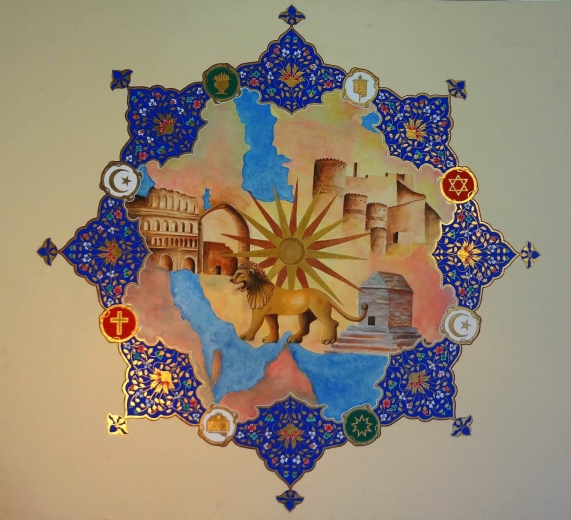
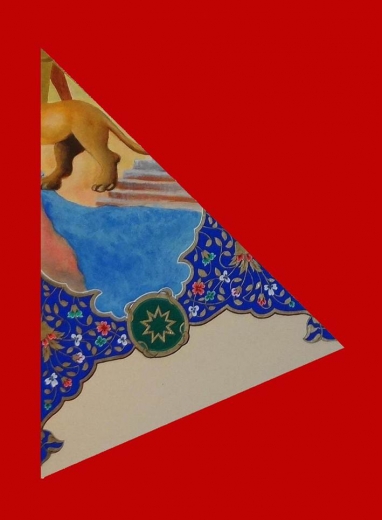




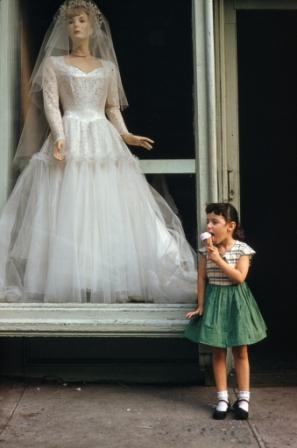
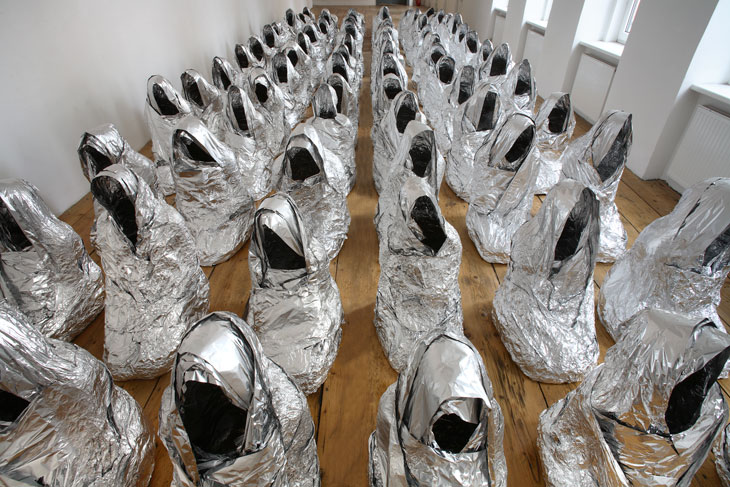
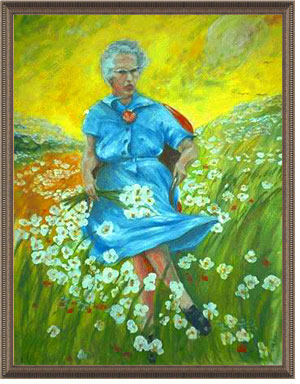
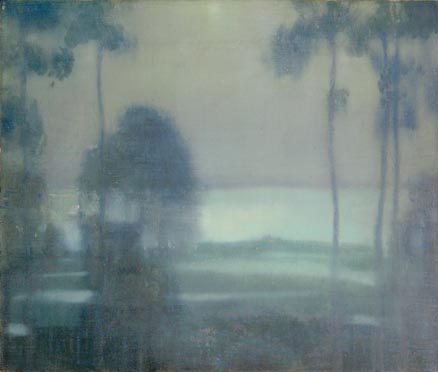
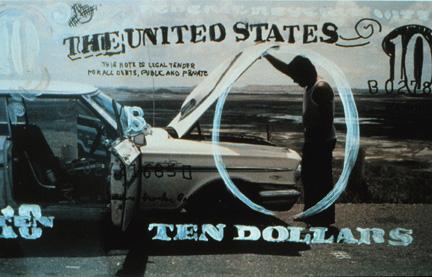
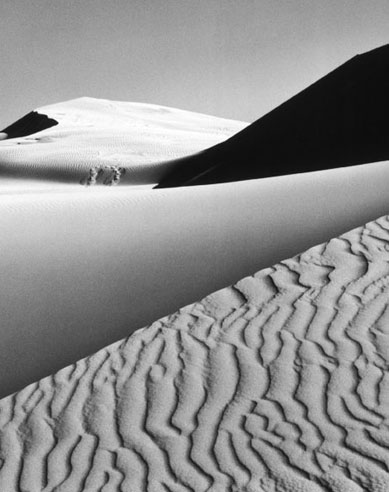

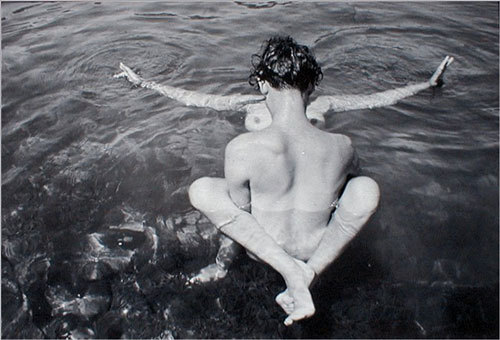

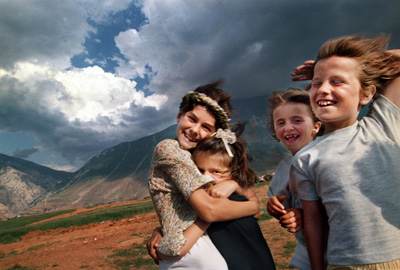
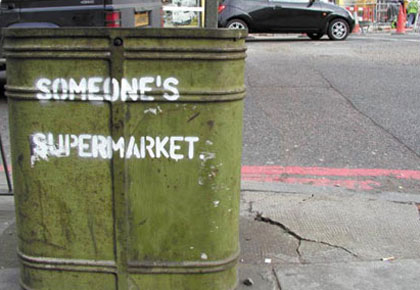
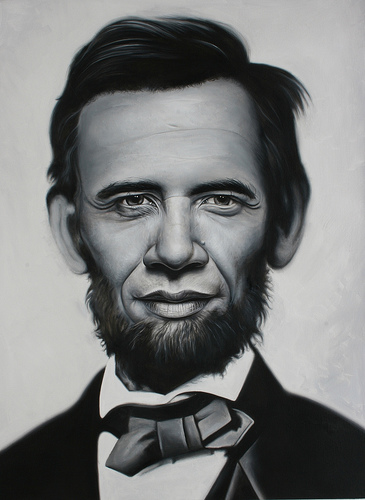



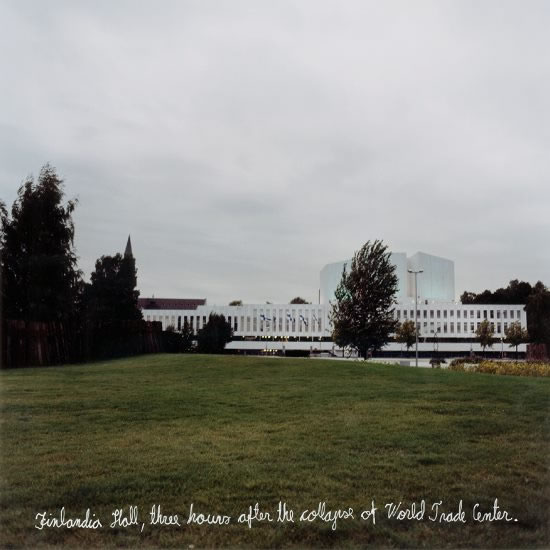

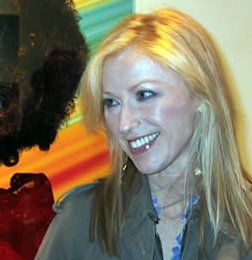


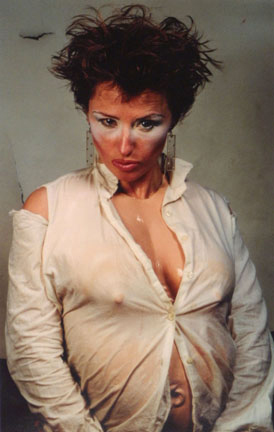
 Zeisel’s Rockland Bowl
Zeisel’s Rockland Bowl
